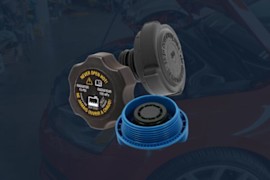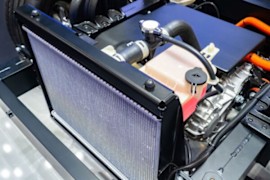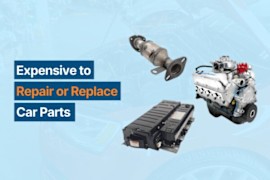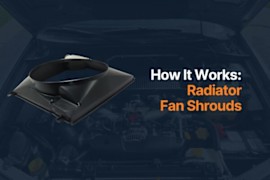{
"lazyNodes": false,
"abFitnotesFlag": false,
"abCrawlReviews": false,
"productOptionsCookie": false,
"orderDelayFlag": false,
"skipSessionCookie": false,
"covidMessage": false,
"fullTitleCookie": false,
"nrLoggerCookie": false,
"checkoutReviewCookie": false,
"productOptionSeqCookie": false,
"maintenanceFlag": false,
"bufferETACookie": false,
"multiShippingDiscountFlag": false,
"newFitmentFlag": false,
"surveyOptInFlag": false,
"crossSellFlag": false,
"skuMappingFlag": false,
"paySplitCookie": false,
"callDisableFlag": false,
"zipPaymentFlag": "u",
"hassleFreeReturn": false,
"lifetimeReplacement": false,
"cpn_off": false
}Need Help? Call Us1-866-529-0412
1986 Toyota Land Cruiser
1986 Toyota Land Cruiser Radiators
Refine by:
Shop Catalog
Showing 1 - 1 of 1 results
Sort by:
Part Number: CSF2708
Guaranteed to Fit
$529.00
Vehicle Fitment
- 1986 Toyota Land Cruiser Base 6 Cyl 4.2L Use Mini, 13 psi Cap
- 1986 Toyota Land Cruiser HJ60 6 Cyl 4.2L Use Mini, 13 psi Cap
- 1986 Toyota Land Cruiser BJ70 4 Cyl 3.4L Use Mini, 13 psi Cap
Product Details
Core Dimensions : 15.75 x 24 x 2.88 in. Core SizeEngine Oil Cooler : Without Engine Oil CoolerInlet Size : 1.5 in. InletRecommended Use : Performance ReplacementNumberof Rows : 4-Row CoreTank Material : Brass TankCore Material : Metal CoreColor Finish : Factory FinishOutlet Size : 1.5 in. OutletReplaces DPI Number : DPI# 12Product Fit : Direct FitQuantity Sold : Sold individuallyReplaces OE Number : 16400 - 61051Replaces Partslink Number : TO3010222Warranty : 2-year CSF limited warrantyInterchange Part Number : P13
Page 1 of 1 | Showing 1 - 1 of 1 results
Popular Products

CSFMetal Core Brass Tank Radiator with 4-Row CoreManufacturer #2708
( Reviews) Questions, Answers
CSF OE REPLACEMENT RADIATORS
Drop in one of CSF’s OE replacement radiators to your ride for fully restored, ultimately efficient cooling system operation. CSF is a leading aftermarket manufacturer that specializes in radiators, oil coolers and condenser...
Helpful Automotive Resources
What Is a Radiator Cap? Functions, Symptoms, Replacement, and MoreSome cooling systems have a radiator with no cap because the fill point is at the surge tank rather than on the radiator. If the radiator has a cap, it will have a degas tank instead of a robust surge tank.
This is a coolant reservoir. This type won’t have a
Do EVs Have Radiators?As stated and illustrated previously, not only do most EVs have radiators, they also have coolant pumps to circulate battery coolant through the radiator.
How Do Electric Cars Stay Cool?
Why Do Some Radiators Have Transmission Lines?Most transmission cooler lines are steel and connected to the cooler ports with flare nuts, but some have short rubber oil resistant hoses connecting the steel lines to the transmission cooler ports. The cooler ports are sealed where they pass through the radiator end tank to prevent coolant from leaking
Warning: These Car Parts Could Cost You Thousands to Repair or ReplaceDon’t get caught off guard. If your trip to the mechanic reveals the need to fix or replace the parts below, there’s a chance that you might have to pay big for the repair job.
Engine Assembly
What Is a Radiator Fan Shroud?Below are some crucial responsibilities the fan shroud must fulfill to ensure your engine’s optimal operation.
It Makes Your Radiator Fan Work More Efficiently
Cooling System Must-Haves for Better Engine PerformanceInstalling a radiator with more rows or a thicker core is one way to optimize your engine’s cooling capacity. A radiator with more rows comes with more tubes, leading to better cooling capabilities.








